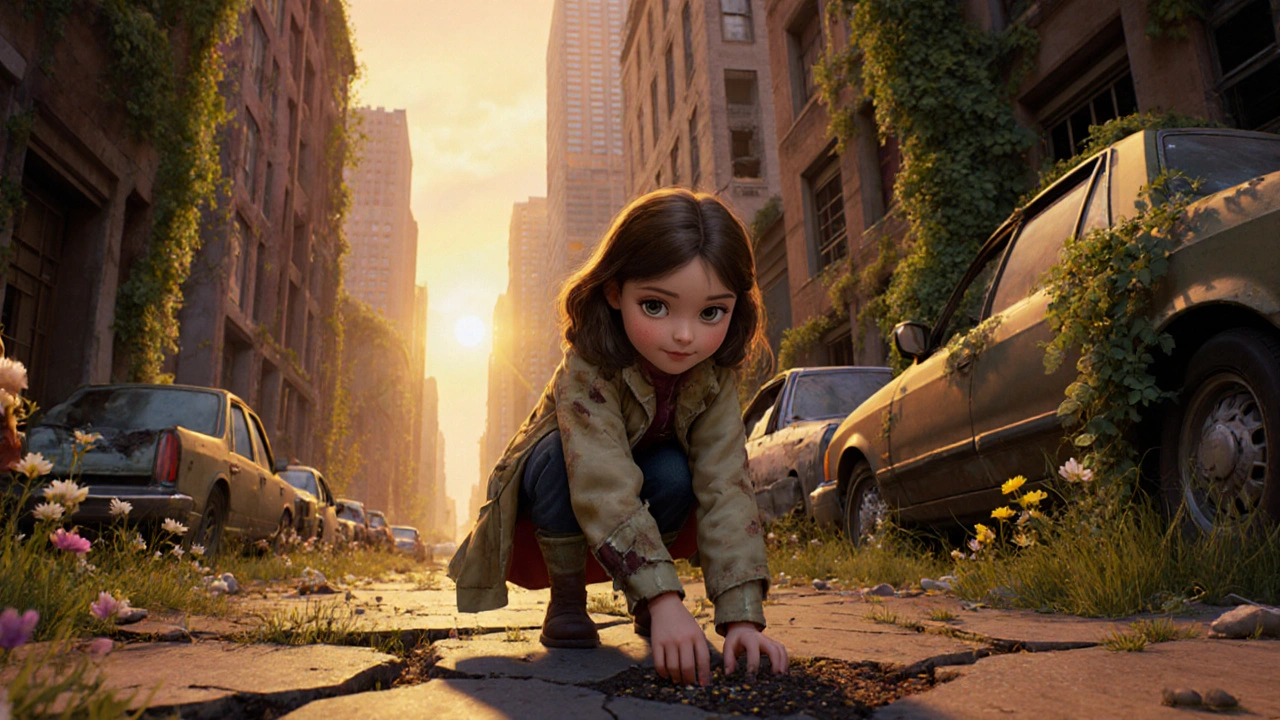Mad Max Films: Gritty Post-Apocalyptic Cinema and Its Lasting Impact
Mad Max, a gritty Australian film franchise that launched in 1979, redefined action cinema with raw practical effects, minimal dialogue, and a world stripped bare by collapse. Also known as the Mad Max series, it’s not just about cars and chaos—it’s about survival, rage, and what happens when society stops pretending it’s in control. George Miller didn’t just make a movie; he built a mythos out of rust, fire, and the sound of a V8 engine screaming down a desert highway.
The post-apocalyptic film, a genre defined by broken worlds and desperate people trying to rebuild or just stay alive owes everything to Mad Max. Before The Walking Dead or The Last of Us, there was Max Rockatansky, a cop turned lone wolf, driving through a wasteland where gasoline was currency and justice was a bullet. This wasn’t fantasy—it felt like a warning. The sets were real. The crashes were real. The fear? Also real. That’s why George Miller, the director who turned a low-budget Aussie flick into a global phenomenon became a legend. He didn’t use CGI to sell the apocalypse—he used gravel, smoke, and the sheer weight of metal colliding at 100 miles per hour.
dystopian cinema, a visual language of decay, authoritarianism, and broken hope found its most visceral voice in Mad Max: Fury Road. That film didn’t just revive the franchise—it reset the bar for action storytelling. No monologues. No exposition. Just motion, color, and sound pushing you forward. The War Rig, the Doof Warrior, Immortan Joe’s face behind that mask—these aren’t just characters or vehicles. They’re symbols of control, rebellion, and the cost of freedom. And behind it all? A story about a woman who refuses to be owned, and a man who finally chooses to help.
Mad Max isn’t just a series. It’s a blueprint. It shows how action films can be poetry in motion, how design can carry emotion, and how a broken world can feel more real than our own. You don’t need to know the plot of every sequel to feel its weight. You just need to hear that engine roar.
Below, you’ll find posts that dig into the design, the sound, the psychology, and the legacy of films that changed how we see chaos on screen—from the practical magic of Fury Road to the quiet genius of filmmakers who learned from Miller’s rules.
From The Walking Dead to Fallout, explore how post-apocalyptic TV and film use collapse to reveal what truly matters: human connection, survival, and hope. Discover the best shows, why they work, and where the genre is headed.
View More

